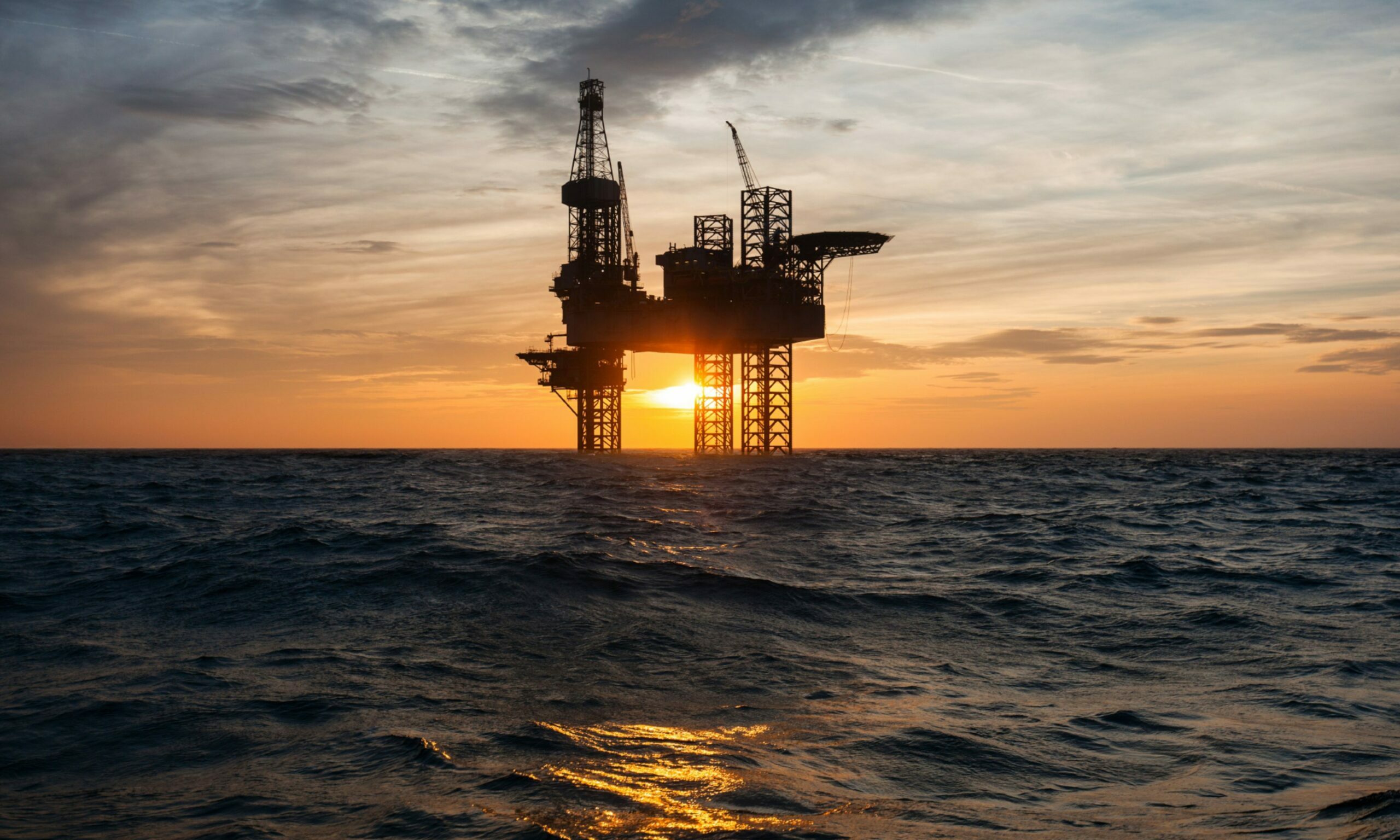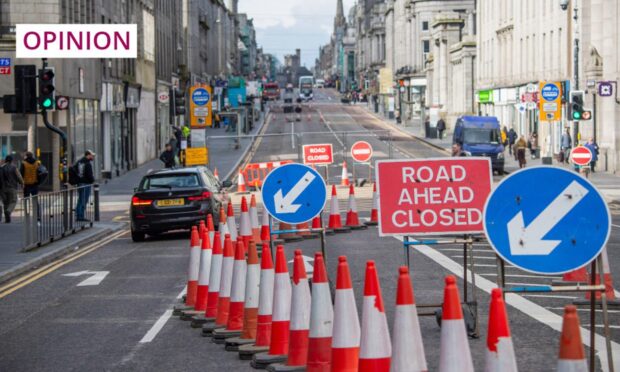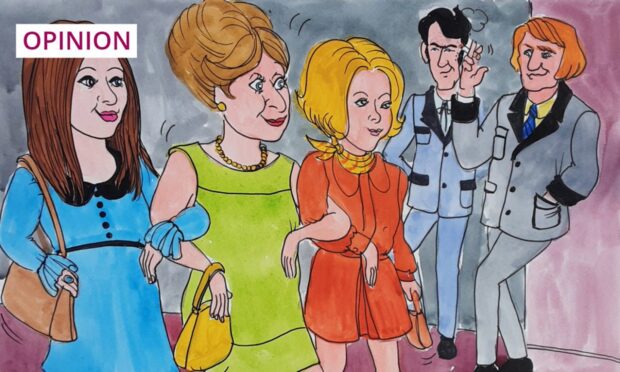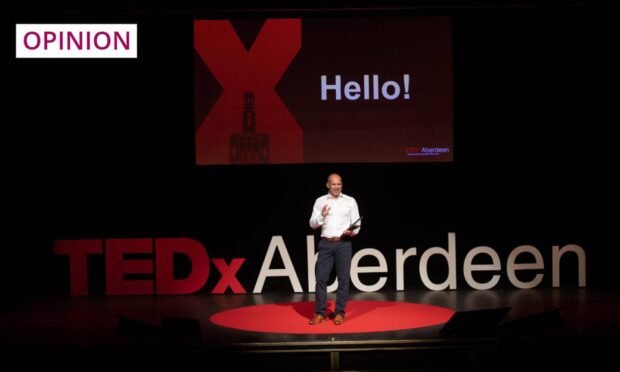The recognition that Scotland’s 2030 climate target couldn’t be met has been politically bruising, in particular for Green ministers.
But the UK Climate Change Committee’s verdict that it was unachievable was no surprise to anyone who’s followed this area of policy, and that includes Green ministers.
The practical policy action that would have enabled the target to be met has barely begun, and accepting it is no longer possible could be a much-needed bucket of cold water in the face of politicians, campaigners and civil servants alike.
The legislation which first set a 2050 target is now 15 years old, and the reduction in Scotland’s emissions since then is overwhelmingly a result of replacing almost every major fossil-fuel power station with renewable energy. The glaring exception is the Peterhead gas plant, which often tops Scotland’s pollution league table. It’s good, but it’s low-hanging fruit.
The SNP Government reviewed the targets in 2018, and decided to bring new legislation to strengthen them – while preventing parliament from adding new practical policies in law. It was a targets bill, so measures to reduce emissions were “out of scope”, as the jargon has it.
It’s difficult to reduce flying and driving, or to move older buildings onto low-carbon heat and power, let alone to decarbonise industrial processes. It’s easy to brag about targets, though. And tempting, especially if the real problems remain unaddressed.
The Scottish Government is failing to achieve Scotland’s ambitious climate goals. There is still no comprehensive delivery strategy for meeting future emissions targets and actions fall short. (1/5) pic.twitter.com/352XKlcX91
— Climate Change Committee (@theCCCuk) March 20, 2024
But responsibility must be shared, and blame must be allocated more widely. Fault doesn’t just lie with the SNP, although the party was in government alone at that point. The professional environmental movement and the Greens – for understandable reasons – focused on making those targets more stringent, just as targets were the focus during the debates a decade earlier.
The mistake was assuming that setting numerical goals would automatically drive the machinery of government to deliver. Or, more generously, that the shame of not meeting the targets would force government’s hand. But politics doesn’t work like that, and hard lessons have been learnt.
The opposition parties should also take a good look in the mirror. Backing targets, then opposing every small measure to help achieve them, and finally pointing fingers when they’re not met – this generates fun headlines, but is deeply cynical. The issues are too important and the consequences of failure too severe.
The time for transition has come
The only thing that can stave off the worst climate outcomes is for every country to do its best to burn less fossil fuel. Everything else is window-dressing, although it matters how fairly that change is delivered.
The SNP is right that only Westminster can refuse new North Sea oil and gas licences. But, given the way the SNP sees the north-east as an electoral battlefield, and how tight budgets are for transition support, would it, even if it could?
Much of that political anxiety is misplaced. Friends of the Earth Scotland surveyed oil and gas workers in the north-east and elsewhere, and its report shows how strongly employees in that sector support the energy transition.
One engineer interviewed said: “The Scottish Government needs to make sure the north-east doesn’t become a ghost town. The buildings, infrastructure and engineering expertise is already here so we should be able to transition when the time comes and the whole area can remain a prosperous area to live in.”
That time has come. In fact, it should have come 20 years ago. The changes needed are cumbersome, slow and costly.
More honesty is a good thing
Until 2022, more people still took a flight to London than the train. Energy efficiency has stalled. Our housing stock is still too damp, leaky, and expensive to heat. The problems require a determination yet to be shown by any government.
At least politicians, whatever their party, won’t be able to keep saying that all is well and hide behind ‘world-leading targets’
Meeting the 2030 target or not isn’t the cause of those problems: it is merely a symptom of a deeper inaction and inertia. And, now, more honesty will hopefully become unavoidable.
There is a long way to go, and the measures needed will be difficult (although not as costly as delay and inaction). But now, at least, politicians, whatever their party, won’t be able to keep saying that all is well and hide behind “world-leading targets”. Time for the real work to begin.
James Mackenzie is a freelance media and public affairs consultant and former head of communications for the Scottish Greens












Conversation